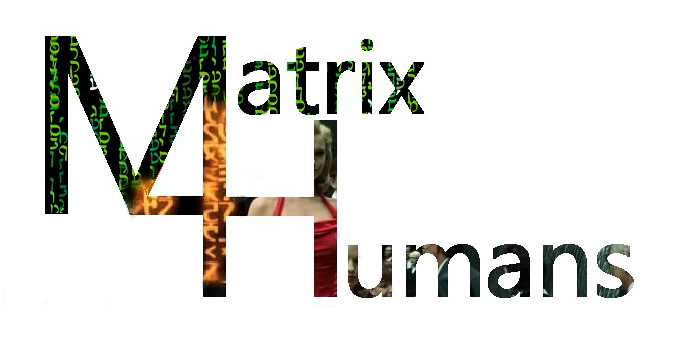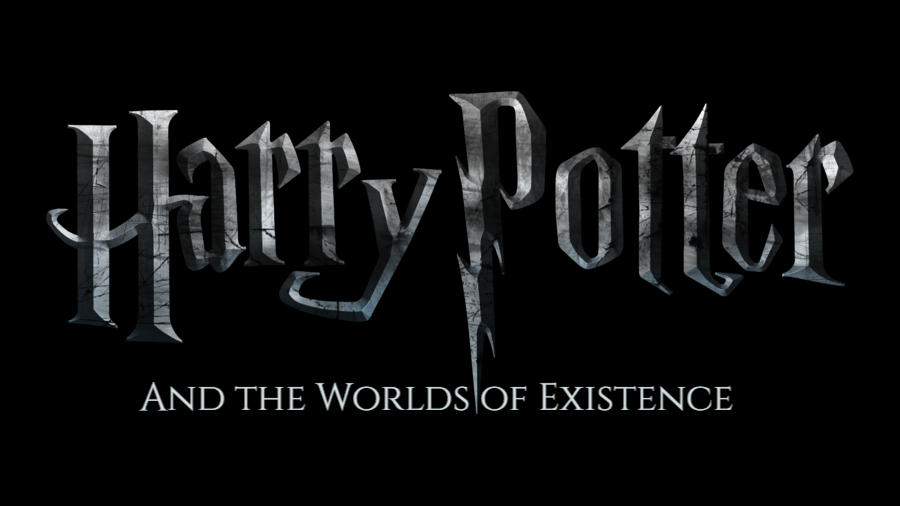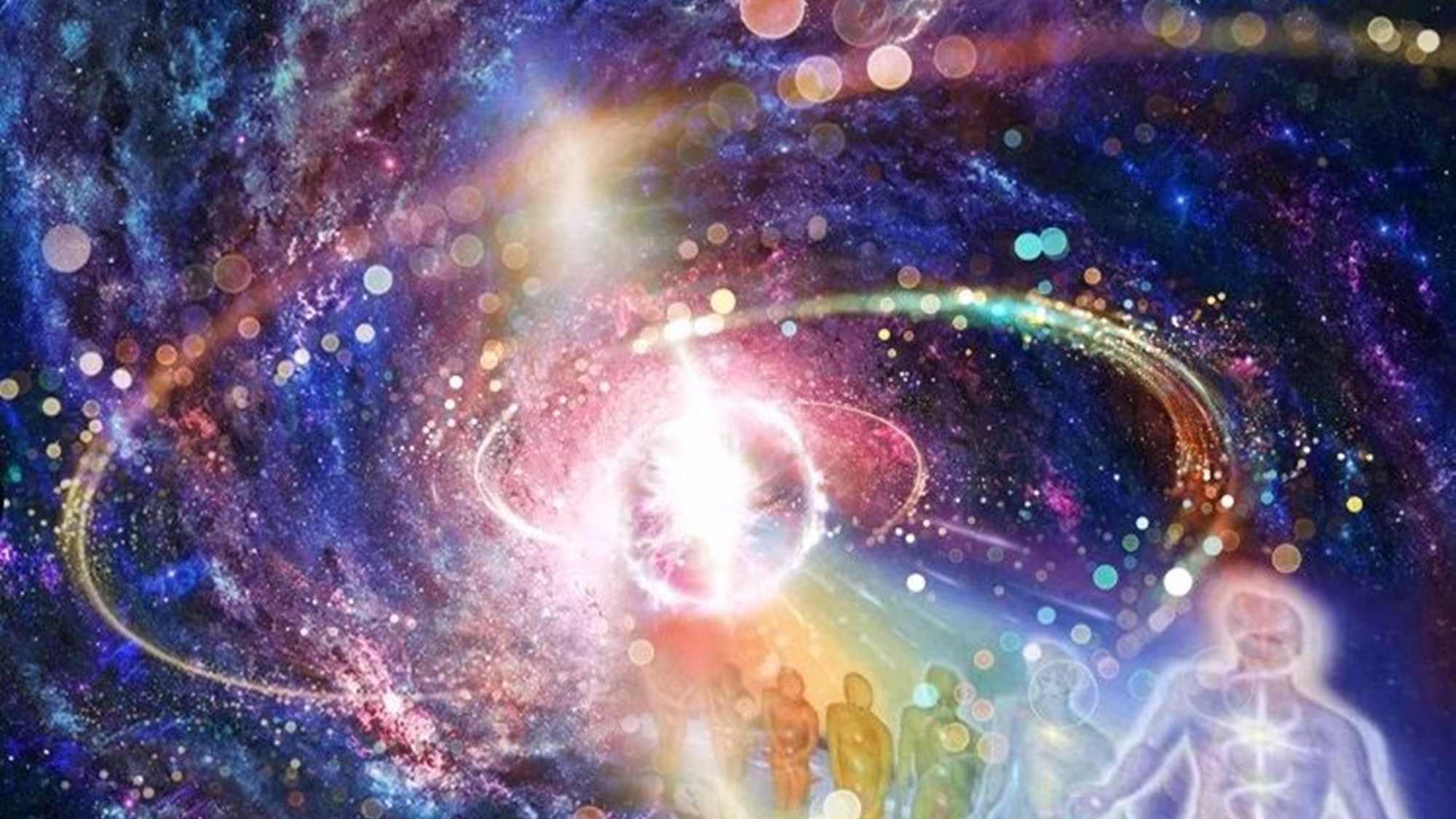In this section, we provide the framework behind the concepts, personae and dialogue of Song of Songs – in fact, the entire Bible. Everything is built around a ‘template’ of 4 levels (called ‘worlds’) of existence, with a 5th ‘hidden’ aspect that is ‘beyond’ or ‘outside’ of existence. There are dozens of examples of this. We will focus on a few, more pertinent ones here.
Jacob’s Ladder
The main example of this is what is called the four Worlds of Existence. This is the structure of reality according to the Torah. Perhaps the clearest example shown to us is in Jacob’s dream in Genesis 28:12.
And he dreamed, and behold! a ladder set up on the ground and its top reached to heaven; and behold, angels of God were ascending and descending upon it. And behold, the Lord was standing over him …
From what we might call “the bottom up,” we have:
- The ground, or more precisely, our primary physical existence of the senses and everything we can observe, including with a microscope or telescope. Of course there remains a “spiritual dimension” even here
- An intermediary realm of angels that go back and forth between our world and another above theirs. The Hebrew term for angels is ‘malakim,’ which means messengers, so you get the picture.
- A higher world, the heavens (shamayim), the uppermost level of ‘Creation.’ Here is the heavenly temple and throne room, and the realm of higher ‘forces’ or ‘powers’ that supervise creation.
- A fourth world, outside of creation, but within existence, including the aspect of God we can “relate to” through prayer, meditation, study, etc. (See the previous article on this.)
Beyond these four worlds of existence, is what we might call “pre-existence.” We also refer to this as the ‘infinite’ or “transcendent’ aspect of G-d. There are no words to describe this as words and definitions are “within existence.”
What is amazing and important to know is the structure depicted here is both external and internal to Jacob. More on this later!
The Four-Letter Name
This template of the four worlds correlates to the four-letter name of God (Y-H-V-H).
This time, we go from the “top-down,” to show a concept hidden in this name:
- Yod: The unified state of existence outside of creation
- Hey: The first expansion of Creation
- Vav: The connection between that and our world below
- Hey: The second expansion into our physical reality
Arranging the letters of the name, we get an amazing visual of the above description.
Where is our hidden level of “pre-existence?”
The concept of the hidden ‘eternity’ beyond existence is understood as the “cusp of the Yod,” where the pen first touches paper before the letter itself is formed and no trace of the initial point, or ‘source,’ of the letter is seen.
The 4-latter name is alluded to in this verse, which implies it is presently suffering from a ‘disconnect,’ but the day will come when it will again be unified. (This is discussed more in the last section below.)
And the Lord shall become King over all the earth; on that day shall the Lord be one, and His name one.
Zechariah 14:9
The Temple Structure
The Biblical temple is considered a physical representation of the four Worlds of Existence.
- The most outer court, accessible to the people, corresponds to our world.
- The inner court, the area of the sacrifices relates to the angelic world in Jacob’s dream.
- Inside the building corresponds to the heavenly realm.
- Finally, the inner sanctum, the Holy of Holies, is associated with our highest world of existence.
As mentioned in the previous article, the Holy of Holies is where the High Priest would connect with God “outside of existence.” There are several allusions to the temple, hidden in the text of Song of Songs.
God is a Verb
This 4-level framework applies not only to “things” but also to actions. For instance, Deuteronomy 6:5, is a well-known verse on loving God.
You shall love the Lord your God with all your heart and with all your soul and with all your might.
Let’s break it down. The words don’t present in the same order but reflect the same concepts. We rearrange them here to maintain the structure:
- Yod: The Lord your God
- Hey: your soul (the mind, intellect)
- Vav: your heart (emotional self)
- Hey: your strength (energy, time, material possessions)
Even the idea of the hidden reality “beyond the four,” is reflected in Deuteronomy 6:5. The one quality that is associated with the transcendent aspect of God is perfect, eternal “love.” Which appears before anything else in the verse.
Levels of the Soul
It is taught that there are levels (or dimensions) of the soul. These represent a path for humans, progressing from the basic soul-level functioning in each person, to higher ones, moving “closer to the source of the soul.” Again, this follows our template of four with a hidden fifth.
From the “bottom up” again, we have:
- Nefesh: The basic soul required to exist. It is minimally concerned with spiritual matters. However, within it is the hidden ‘spark,’ that connects us all the way back to “Ein Sof,” outside of existence, in the “mind of God.”
- Ruach: This is the level of struggle with spirituality, where people start to contemplate and look into more meaningful spiritual matters, sometimes progressing, other times regressing. (If you are thinking of those ladders on Jacob’s ladder at this level, you are right on track!)
- Neshama: This is the highest level of the soul attainable by the average person in this life. It also connects to the idea of “personal consciousness” with respect to connecting to “God in heaven” – heaven being that world above the angels in Jacob’s dream
- Chaya: This corresponds to the “composite unity” within existence before Creation emanated from it – the tiny letter Yod. This level of existence is associated with the idea of collective consciousness. We mentioned this in the previous article with regard to people coming together to study, share ideas, etc. In terms of one’s “personal path,” the level of Chaya (and Yechida, below) are “fully attainable” only after one dies. Note that this level corresponds to that of the Holy of Holies.
- Yechida: This corresponds to the perfect singularity of Ein Sof and the origin of the soul, going back before existence.
Cosmic Unifications
We now return to our Song of Songs text to look deeper into how this template of 4/5 applies.
Another way the Shekinah and the soul are seen as connected is through a framework of “divine personae” called partzufim (singular: partzuf). Some of these emanations/terms are found in the literal rendering of the Bible, others come from the texts of midrashic and kabbalistic literature.
For instance, God is referred to as our “father.” We also have words such as “son, daughter, and bride” found, in referring to the Children of Israel. These terms (and others) represent spiritual concepts and relationships, that in turn relate to the different levels of existence and dimensions of the soul as mentioned above.
In Song of Songs, the masculine figure represents aspects of a ‘spiritual man/groom/brother. The feminine is that of woman/bride/sister. (The text also mentions a mother to them in chapter 8.)
We have to learn more regarding the concept of partzufim/spiritual personae – the ‘whole family’ – to understand the relationships. There are five main partzufim as related to the conception of human beings.
From the top-down:
a) The Ancient Holy One, which is outside of existence (1)
b) The divine Father (together with the mother called the ‘great face’ – Arich Anpin)
c) The divine Mother (which is never separated from the father)
d) The son/groom (the ‘lesser face’ – Zeir Anpin)
e) The daughter/bride/Shekinah
The last two are reflected in Shir Hashirim as the two lovers. (2) Their union, unlike the father and mother, is in a state of flux and dependent on the actions of God’s people. At this time, the Shekinah is said to be ‘in exile’ with the children of Israel. This is a major theme of Song of Songs.
Jacob and Rachel are considered embodiments of this divine masculine and feminine in the narrative of the written Torah. Going back to our 4-letter name template, we have:
- Yod: Father
- Hey: Mother
- Vav: Jacob/groom/male in Song of Songs
- Hey: Rachel/bride/female in Song of Songs/Shekinah
As the “lower female” (the Shekinah), is in exile, it is said the final letter Hey is also ‘separated’ from the rest of the name.
The return of the female/final letter Hey is both that of the people and a restoration of the name of Hashem as we read of in Zechariah 14:9, when Hashem will (at the end of this age) be “king over all the earth.”
This idea of ‘return,’ both in this cosmic tale and within each of us, is called ‘teshuvah.’ In kabbalistic texts, teshuvah is given the alternate rendering of “tashuv-hey” — the “return of the Hey” — to the rest of the Name.
As the upper mother and father (the Yod and first Hey) never change (and are not in need of repair), all of our actions regarding the redemption have to do with the lower masculine and feminine (the Vav and second Hey):
The Ineffable Name of God, which at this time of history is too holy to be pronounced as it is spelled: yud-hei-vav-hei, is actually made up of two parts, yud-hei and vav-hei. The unified Name represents periods of history when God’s Presence is revealed and known, and the divided Name represents periods of time when God’s Presence is hidden. This is why the prophet said of the Days of Mashiach: “On that day, He will be One, and His Name will be One.” (Zachariah 14:9)
Great Walls Will Fall, kabbalaonline.org
Judaism even has a prayer, which is found in most prayer books (siddurim), which is said in advance of performing a good deed that is based on creating a unification between the lower male-female pair with their ‘upper’ counterparts:
“In the name of the union of the Holy One Blessed be He, and His Shekinah, to unite Yud-Hey with Vav-Hey in complete union, in the name of all Israel.”
The lower feminine aspect (Shekinah, bride, etc) is also known as “nukva” (female) in kabbalistic texts related to the concepts we are discussing.
The prophetic ability of Moses to connect directly with God (bearing similarity to the Holy of Holies being the place of connection) is directly related to our theme of unifying the lower masculine and feminine:
“The flow of divine power stimulated by the uniting of Zeir (Anpin) and Nukva in the course of contemplation constitutes the source of the inspiration that the successful adept attains … Moses looked through a glass that shined, the kabbalists associated Moses’ prophecy with the divine masculine … Uniting the partzufim of Zeir and Nukva contemplatively infuses an individual with divine inspiration and enables him to speak with words of prophecy.”
Physician of the Soul, Healer of the Cosmos, Isaac Luria and His Kabbalistic Fellowship, Lawrence Fine
The following quotes explain how critical their relationship is:
- “The central focus in much of the Kabbalah is on the Partzufim of Zeir Anpin and Nukvah, and their interrelationship. This is because it is primarily between these two Partzufim that the world in which we live is governed.”
Secrets of the Future Temple, Rabbi Moshe Chaim Luzzato - “On that day”, however, with the advent of Moshiach, the Vav and Hay, the letters of G-d’s name that condense and cloak the Light of Divinity, will no longer obscure, because the world will have been refined to the extent that it can receive, and openly manifest G-dliness. At that time, the Vav and Hay will serve to reveal G-dliness just as do the Yud and Hay. In other words, the Yud – Hay – Vav – Hay will function in a manner of Yud – Hay -Yud – Hay to reveal G-d’s countenance openly.
Finding Joy in Changing Times, Yaakov Brawer
- “The Purpose of worshipping G-d is to Bring About the Coupling of Ze’er Anpin and Nukva.” … “All events in this world are specifically rooted in Zeir Anpin and Nukva. Therefore, in the patzufim Zeir Anpin and Nukva lies the root of all the world’s creatures, and in them is the essence of the Guiding Power of the world in which we live. Everything that happens to the individual human is rooted in Zeir Anpin and therefore we must try to understand the different aspects of the partzuf, so that we can understand the ways of the Creator.”
Yedid Nefesh (Song of the Soul), Rabbi Yecheil Bar-Lev
This aspect of Zeir Anpin relating to “what happens to us” (mentioned in the last point above) correlates to the six millennia of human history (from the exit from the Garden of Eden). These six are considered ‘masculine,’ with the seventh, the messianic age, being feminine:
All reality during the six thousand years of the world’s existence is rooted in the partzuf Zeir Anpin.
Yedid Nefesh (Song of the Soul), Rabbi Yecheil Bar-Lev
This idea of the feminine aspect being in a “diminished state” from the time of the sin of the Garden of Eden (note what God says to Chava/Eve), and the “elevation of the feminine,” relate to the situation of the female character in Song of Songs.
- see Kramer 222-226 on Atik and Mashiach
- The lower two are also considered brother and sister in certain contexts. There is no sense of incest with regard to the partzufim.
See Ginsburgh at https://en.calameo.com/read/0069615662a90d9100575
Soul Chart: http://www.13petals.org/soulchart/
<< Back to the Song of Songs main page | Go to the next part of the study >>


